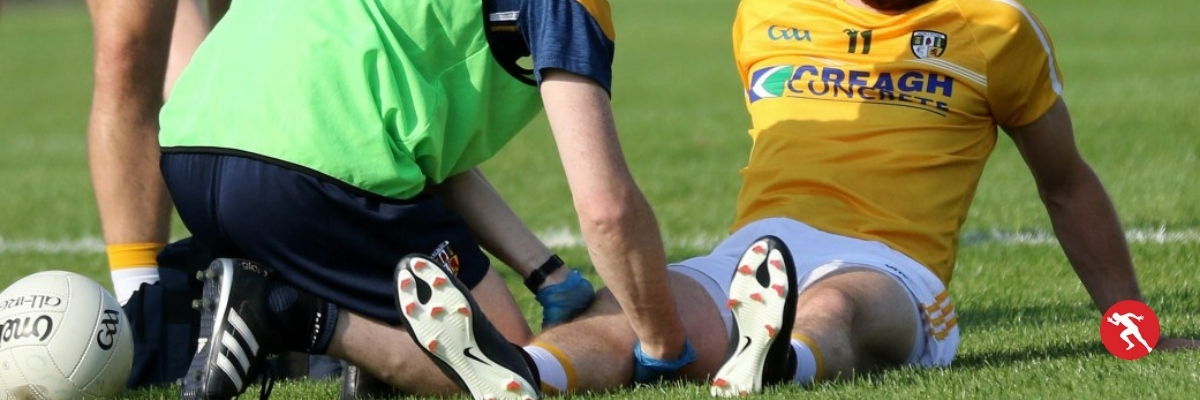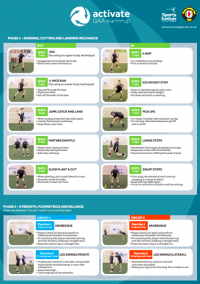Gaelic injuries in football and hurling are inevitable due to the nature of the sport.
It is a physically demanding sport in that it involves running at high speed multiple times throughout a game, as well as making contact when tackling other players.
By identifying the most common Gaelic injuries, you can implement injury prevention exercises into your own gym or warm-up routine.
We have looked at injury data from university research projects and the The National Gaelic Athletic Association (GAA) Injury Surveillance Database.
The following list is the 5 most common GAA injuries and how to prevent them.
1. Knee Injuries
The knee is one of the most commonly injured parts of the body.
The joint absorbs force when you land on the ground after jumping.
The thick layer of cartilage, known as the meniscus absorbs this stress. However, if the force is too great, the cartilage will unfortunately tear.
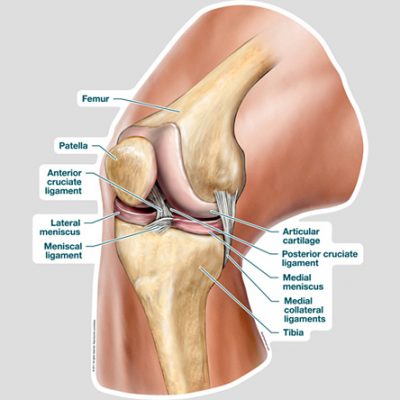
The knee is also made up of several ligaments called the medial, lateral and cruciate ligaments. These provide stability to the joint and prevent it from being overstretched. This is all the more important when you land and twist at the same time, to move off in a different direction. Or when you land and other player tackles you.
It is common to injure the medial ligament, anterior cruciate ligament and meniscus at the one time due to the mechanism of injury.
How do I prevent knee injuries?
Since anterior cruciate ligaments have become more common in GAA, there has been more focus on trying to prevent knee injuries from happening.
Exercises should include strengthening the knee with single leg squats, lunges, and practicing jumping and landing on one leg in a forwards and sideways direction.
Running drills should also include sprinting and turning in a different direction.
2. Hamstring Injuries
The hamstrings are made up of 3 large muscles called the semimembranosus, semitendinosus and biceps femoris.
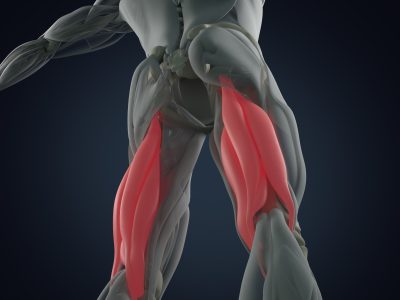
They produce a lot force when sprinting, in both the acceleration and deceleration phase of running.
The hamstrings attach at the bottom of the pelvis, passing downwards to insert below the knee joint.
Because the hamstrings pass 2 joints (the hip and knee), it places more strain on the muscle, making it more prone to injury.
How do I prevent hamstring injuries?
Similarly like any muscle, the hamstrings need to be strengthened. The best exercises are deadlifts and the Nordic hamstring exercise.
Training must also consist of sprinting over different distances such as 10, 20, 30 and 40 metres, the same as a player would experience in a game. In a match, the total sprint distance can range from 500 to 1000m. It is therefore important that training sessions should exceed this amount to prepare the player for competitive games.
3. Ankle Injuries
The ankle joint functions just like the knee, it absorbs force when landing from a jump.
It also provides power when trying to jump from the ground or push off the ground when running.
The ankle has many muscles and tendons that surround the joint. The largest being the Achilles’ tendon at the back.
There are also ligaments that prevent the ankle from being over stretched.
The lateral or outer ligaments are the most common to be sprained when someone ‘rolls’ on the outside of their ankle.
How do I prevent ankle injuries?
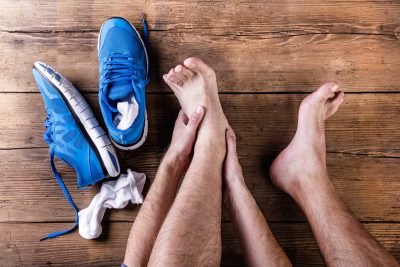
Training drills that involve balance or proprioception exercises will result in reducing ankle injuries. The best exercises are single leg squats, lunges onto a balance mat and hopping forwards and sideways.
4. Groin Injuries
Groin injuries are common and by far the most complex.
There are so many different structures that can cause pain in that area.
When a player gets a scan, it will often show several different sites of injury and not just one.
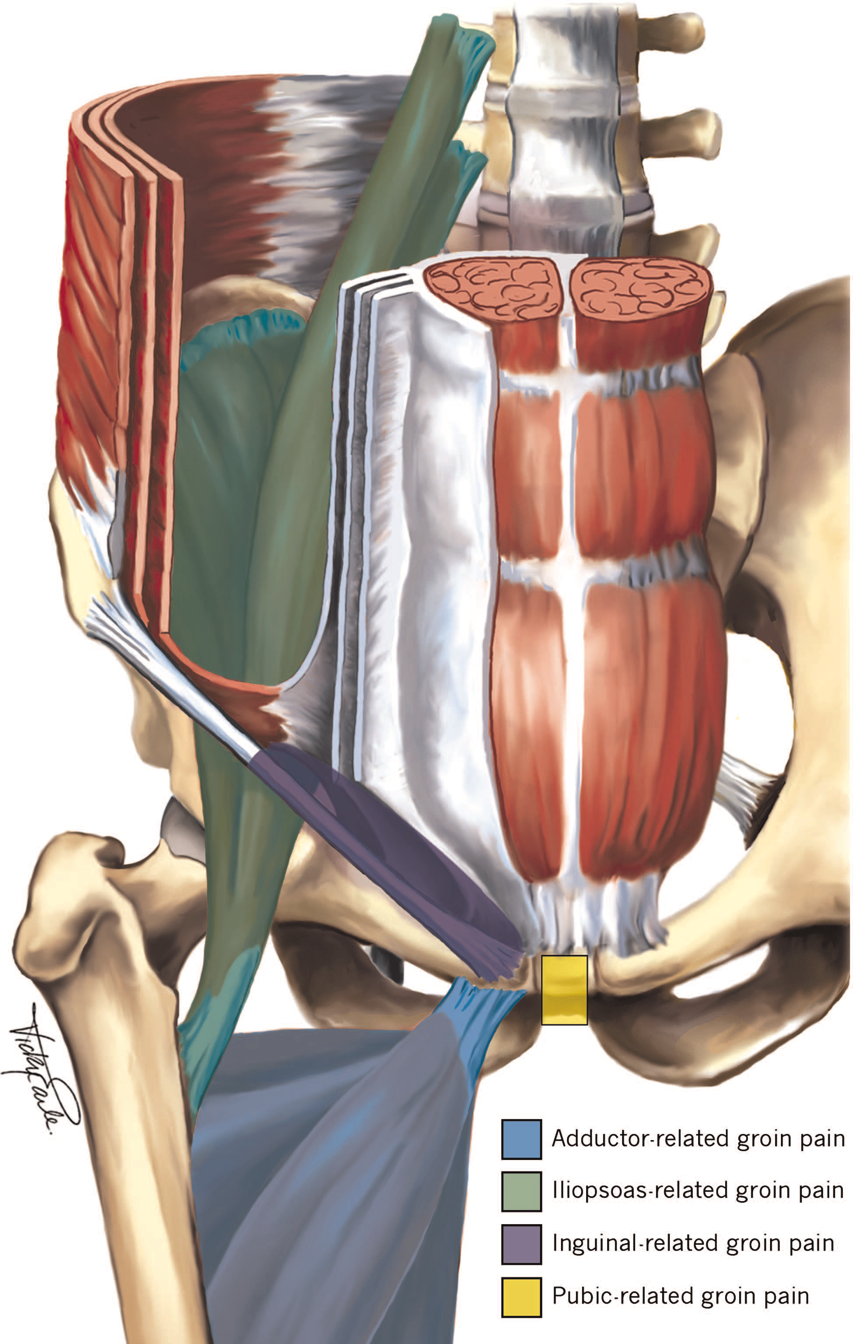
Recovery can takes weeks to months.
It is important to get an in-depth physiotherapy assessment to help decide the exact cause of symptoms and plan the best form of treatment and rehabilitation.
Major muscles such as the adductors, lower abdominals, rectus femoris and sartorious can get strained.
There is also connective tissue called fascia in the groin area and when it becomes weakened, it causes a hernia or bulge.
The hip joint also lies deep in the groin area and problems such as labral (cartilage) tears or hip impingement can cause groin pain.
How can I prevent hip injuries?
Maintaining flexibility of the hip joint will help keep groin pain away. For example, movements that involve hip medial and lateral rotations (hip 90/90 exercises) and hip extension (kneeling lunge whilst reaching above head).
It is also important to strengthen the lower abdominals with core stability type exercises and strengthen the adductors using the Copenhagen groin exercise.
5. Quadriceps Injuries
The quadriceps is made up of 4 large muscles called the vastus latralis, vastus medialis, vastus intermedius and the rectus femoris.
The first 3 muscles extend the knee when jumping to catch a ball or sliotar, and control the movement upon landing.
The fourth muscle (vastus femoris) contracts powerfully when sprinting to pull your knee towards your chest. This muscle crosses 2 joints (hip and knee), making it more prone to injury than the other quadriceps.
How do I prevent quadriceps injuries?
The quadriceps need strength and the best exercises for example are front squats, goblet squats, box jumps.
They also need flexibility. The rectus femoris can be stretched in a kneeling lunge position, whilst reaching above your head. The other 3 muscles can be stretched in the prone knee bend position.
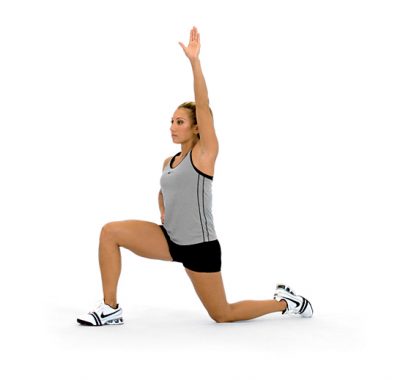
Key Message
In conclusion, by identifying the 5 most common Gaelic injuries, you can start to implement injury prevention exercises into your routine.
The good news is that there is already a routine you can start using straight away, whether you are a player or a coach.
The Sports Institute of Northern Ireland have produced an injury prevention programme called the Activate GAA Warm Up.
It has been shown to reduce sports injuries by up to 50% when implemented regularly into a team’s pre-training and match day warm up.
Please share with anyone who would benefit from this post, using the social media buttons.
Are You Frustrated With Injury?
Are you struggling to perform at your best due to a recent or long term injury?
Don’t delay, get back in the game with Physio Performance.
